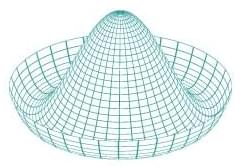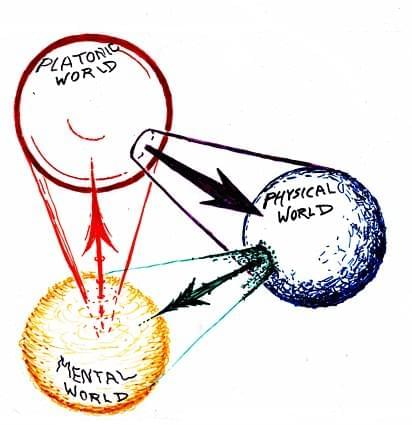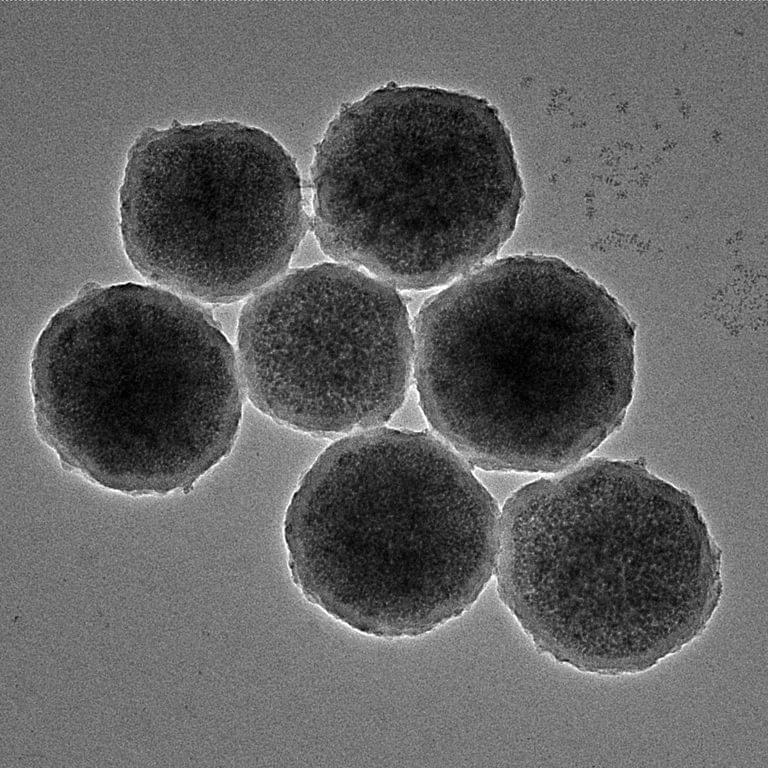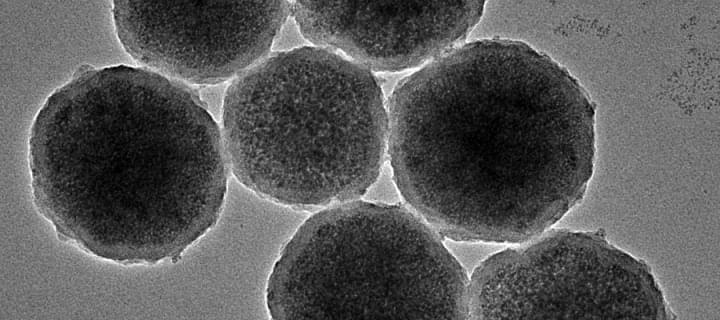Researchers have developed biohybrid robots controlled by fungal mycelia, leveraging the mycelia’s electrical signals to enhance environmental responsiveness. This novel system allows robots to react to stimuli like light.


Imagine aliens finding the golden record only to search earth and find a floating sign in space saying “301 moved permanently”.
TL;DR
The concept of a stellar engine, as discussed on Kurzgesagt’s YouTube channel, proposes using thrusters to move our entire solar system. The Shkadov Thruster, a passive solar sail system, would harness the Sun’s energy to propel the system, but it would be extremely slow, potentially moving 100 light-years in 230 million years. To increase speed, astrophysicist Matthew Caplan designed an active engine using the Bussard ramjet concept, known as the Caplan Thruster, which could move the solar system 50 light-years in a million years. This engine uses the Sun’s materials for fusion propulsion, generating thrust to push the Sun.

Physics stack exchange has recently been debating the question of the subjectivity of entropy.
I recommend Andrew Steane answer.
I’m a computer scientist doing some research that touches on basic concepts in statistical mechanics: macrostate, microstate and entropy. The way I’m currently conceiving of it is that the microstate includes all the information to perfectly the describe the state of a system, the macrostate provides some of the information, allowing you to narrow down the possibilities to a subset of states and a distribution over them, and the entropy roughly says how much information is still missing after you specify the macrostate.
From various places online, including this SE thread, I read that the choice of what to put in the macro-description depends on what state variables one is interested in. That SE answer seems to downplay the significance of this, but from my uninformed outsider perspective it seems like a big deal. I could, for example, make the entropy of any system zero if I choose the state variables to be the position and momentum of every particle (let’s just stick to the classical paradigm for now).
From the examples I’ve seen, there are only a few state variables such as temperature and pressure that are even considered, but could/does it ever happen that two different experimenters on the same system have different ‘opinions’ on what the state variables should be, and so calculate totally different values for entropy? If not, is there a satisfying reason why the choice of state variables is not as subjective as it appears?

1 or 2? Is Roger Penrose’s theory of three worlds the result of Penrose’s understanding of the physical world? 1. understands it correctly or 2. misunderstands it? — You can find explanations e.g. under the following link:
Es gibt praktische Fragen, die mit unseren konkreten Leben zu tun haben, und theoretische Fragen, die damit scheinbar nichts zu tun haben. Es gibt aber auch theoretische Überlegungen, die durchaus mit unserem praktischen Alltag zu tun haben. Eine davon ist die Drei-Welten-Theorie, die sich damit beschäftigt, in welchen Welten wir konkret leben.
Reference #18.8ced19b8.1725643687.30bebd35
https://errors.edgesuite.net/18.8ced19b8.1725643687.30bebd35

Summary: A new gene therapy has restored vision in patients with Leber congenital amaurosis type I (LCA1), a rare genetic condition causing blindness. In a small trial, those receiving the highest dose saw up to a 10,000-fold improvement in light sensitivity and significant gains in reading and navigation abilities.
The therapy, developed by researchers, uses a virus-based system to deliver a functioning gene into the retina’s light-sensitive cells. The results show promise for expanding this treatment, with further trials planned to confirm safety and efficacy.



The development could enable precise, relatively low-risk treatment of brain aneurysms, which cause around 500,000 deaths globally each year. The medical condition – a blood-filled bulge on a brain artery that can rupture and cause fatal bleeds – can also lead to stroke and disability.
The study points to a future where tiny robots could be remotely controlled to carry out complex tasks inside the human body – such as targeted drug delivery and organ repair – in a minimally invasive way, researchers say.
Introducing Tesla Actually Smart Summon, part of the FSD package.